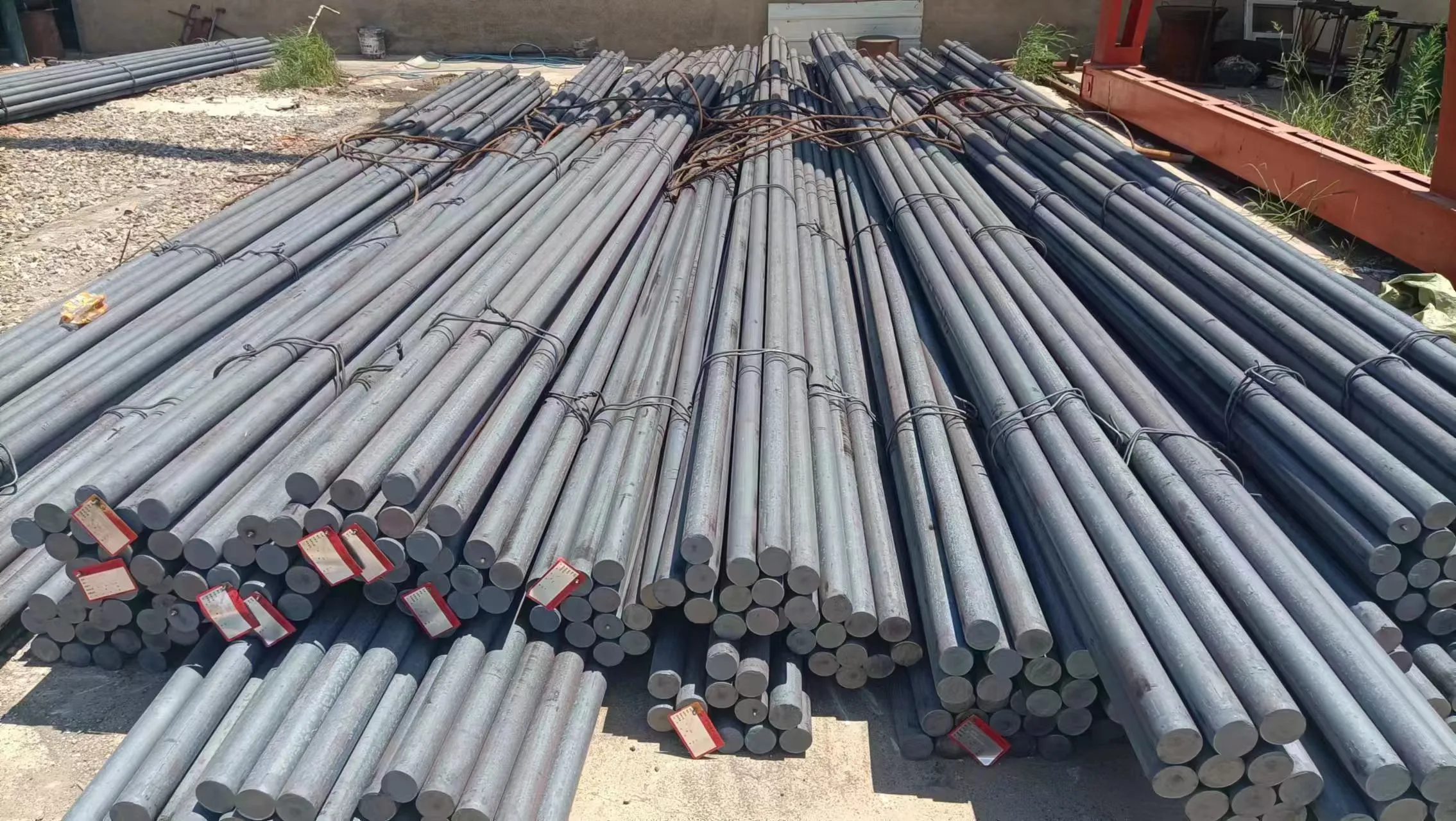-
Cangzhou Yulong Steel Co., Ltd.
-
Phone:
+86 13303177267 -
Email:
admin@ylsteelfittings.com
- English
- Arabic
- Italian
- Spanish
- Portuguese
- German
- kazakh
- Persian
- Greek
- French
- Russian
- Polish
- Thai
- Indonesian
- Vietnamese
- Zulu
- Korean
- Uzbek
- Hindi
- Serbian
- Malay
- Ukrainian
- Gujarati
- Haitian Creole
- hausa
- hawaiian
- Hebrew
- Miao
- Hungarian
- Icelandic
- igbo
- irish
- Japanese
- Javanese
- Kannada
- Khmer
- Rwandese
- Afrikaans
- Albanian
- Amharic
- Armenian
- Azerbaijani
- Basque
- Belarusian
- Bengali
- Bosnian
- Bulgarian
- Catalan
- Cebuano
- China
- China (Taiwan)
- Corsican
- Croatian
- Czech
- Danish
- Esperanto
- Estonian
- Finnish
- Frisian
- Galician
- Georgian
- Kurdish
- Kyrgyz
- Lao
- Latin
- Latvian
- Lithuanian
- Luxembourgish
- Macedonian
- Malgashi
- Malayalam
- Maltese
- Maori
- Marathi
- Mongolian
- Myanmar
- Nepali
- Norwegian
- Norwegian
- Occitan
- Pashto
- Dutch
- Punjabi
- Romanian
- Samoan
- Scottish Gaelic
- Sesotho
- Shona
- Sindhi
- Sinhala
- Slovak
- Slovenian
- Somali
- Sundanese
- Swahili
- Swedish
- Tagalog
- Tajik
- Tamil
- Tatar
- Telugu
- Turkish
- Turkmen
- Urdu
- Uighur
- Welsh
- Bantu
- Yiddish
- Yoruba

Nov . 17, 2024 19:55 Back to list
blind flange 6
Understanding Blind Flanges A Comprehensive Guide
A blind flange is an essential component in piping systems, primarily used to seal the end of piping or vessels. Unlike standard flanges that allow for the connection of two pipe ends, a blind flange is designed to cover an opening, effectively creating a barrier. This unique function is crucial in various applications where a temporary or permanent seal is required.
Design Features
Blind flanges can be made from various materials, including stainless steel, carbon steel, and plastic, each chosen based on the specific application's requirements. The material selection is vital, as it directly impacts the flange's strength, corrosion resistance, and ability to withstand high temperatures and pressures. The size of a blind flange is typically determined by the diameter of the pipe it will seal, and they are available in various pressure ratings to suit different industrial needs.
The design of a blind flange includes a flat surface that makes contact with the gasket, ensuring a tight seal when bolted onto a pipe. The flatness of this surface is critical, as any irregularities can lead to leaks. Moreover, the bolt holes around the flange must be precisely drilled and aligned to facilitate effective fastening to the piping system, thereby preventing any potential leaks.
Applications of Blind Flanges
Blind flanges serve multiple purposes across various industries, including oil and gas, water treatment, chemical processing, and food production. In many cases, they are used to close off the ends of pipelines, either to interrupt flow during maintenance or to provide a secure seal in a permanent installation.
In processes where a section of piping needs to be temporarily inactive, blind flanges allow for the safe isolation of that section. This isolation not only aids in maintenance but also helps in safeguarding against leaks and spills during inspections or repairs. Furthermore, in pressure testing scenarios, blind flanges are often employed to seal systems before they undergo pressure assessments, ensuring accurate readings and preventing potential hazards.
blind flange 6

Advantages of Using Blind Flanges
Utilizing blind flanges offers numerous advantages. First and foremost is their ability to provide a robust seal that prevents leaks and contamination. Additionally, blind flanges are easy to install and remove, making them a practical choice for applications requiring frequent access to piping systems for maintenance or inspection.
Moreover, blind flanges can be customized to meet specific requirements, such as unique sizes or pressure ratings, making them versatile across various applications. The durability of the materials used in manufacturing blind flanges means that they can withstand harsh environmental conditions, ensuring longevity and reliability in service.
Considerations for Installation
When installing blind flanges, it is essential to follow proper procedures to ensure an effective seal. This includes selecting the appropriate gasket material that is compatible with the fluid being contained and ensuring the flange surfaces are clean and free of debris before assembly. Additionally, bolting patterns and torque specifications should adhere to industry standards to avoid uneven pressure distribution, which could lead to gasket failure.
Conclusion
In conclusion, blind flanges are vital components in many industrial piping systems, providing robust sealing solutions for various applications. Their unique design, coupled with the ability to customize materials and sizes, makes them indispensable in ensuring the efficiency and safety of piping operations. Understanding their functionality, advantages, and proper installation practices will help engineers and maintenance professionals make informed decisions, ultimately contributing to the integrity and reliability of their systems. Whether in temporary applications or as permanent fixtures, blind flanges play a crucial role in modern industrial processes.
Latest news
-
ANSI 150P SS304 SO FLANGE
NewsFeb.14,2025
-
ASTM A333GR6 STEEL PIPE
NewsJan.20,2025
-
ANSI B16.5 WELDING NECK FLANGE
NewsJan.15,2026
-
ANSI B16.5 SLIP-ON FLANGE
NewsApr.19,2024
-
SABS 1123 FLANGE
NewsJan.15,2025
-
DIN86044 PLATE FLANGE
NewsApr.19,2024
-
DIN2527 BLIND FLANGE
NewsApr.12,2024
-
JIS B2311 Butt-Welding Fittings LR/SR 45°/90° /180°Seamless/Weld
NewsApr.23,2024











